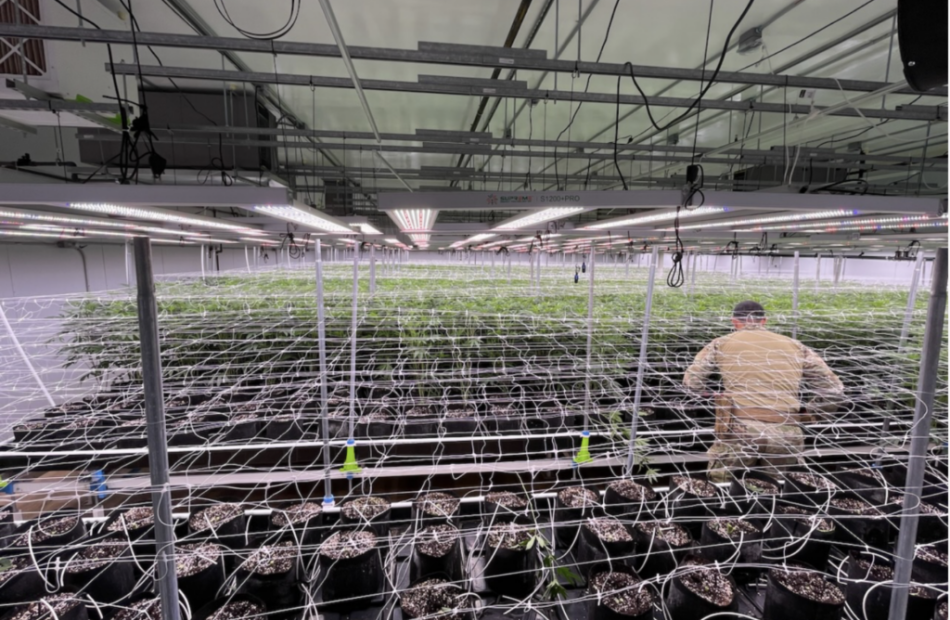How Does Cannabis Legalization Affect Organized Crime? New Research Sheds Light
The five years after Canada legalized recreational cannabis have produced enough data for researchers to look at important questions like how organized crime is affected by legalization, or not.
A recent study, published in Sociological Inquiry, explores how the shift to a legal market has reshaped criminal enterprises once heavily involved in the illicit cannabis trade.
Key Findings On Organized Crime & Cannabis
The research, conducted by scientists Martin Bouchard, Naomi Zakimi -of Simon Fraser University-, and Benoît Gomis -of the University of Toronto– shows that the legal cannabis market now dominates in Canada, accounting for over 71% of household expenditures on cannabis as of 2023. However, nearly 29% of the market still belongs to unlicensed sellers.
Some of the study’s most notable findings include:
- A Shrinking Illicit Market: Legal cannabis sales have steadily increased since legalization, gradually cutting into the black market.
- Organized Crime’s Resilience: Criminal organizations are adapting, either by diverting legal cannabis into the unlicensed market or shifting their operations to illegal drugs.
- Consumer Challenges: High prices, inconsistent quality, and limited accessibility in the legal market continue to drive some consumers toward cheaper, unlicensed alternatives.
- Cross-Border Smuggling: Despite legalization, some unlicensed products are smuggled out of Canada into markets abroad, particularly in the U.S.
- Shifting Criminal Focus: With cannabis becoming less profitable, many criminal groups are focusing on more dangerous drugs like opioids.
Read Also: Legal Weed = Less Crime: FBI Data Shows Surprising Benefits Of Cannabis Legalization
Methods And Indicators
To draw these conclusions, the researchers conducted a comprehensive review of more than 5,000 sources, including academic papers, media reports and government publications.
The key indicators used to assess the impact of cannabis legalization on organized crime include several metrics, such as price comparison between legal and illicit cannabis markets, supply-demand balance and cash circulation.
Lower legal cannabis prices tend to pull consumers away from illegal sources, so price monitoring is crucial. Cannabis demand estimates and legal supply are also analyzed to measure how well the legal market meets consumption needs, which could reduce reliance on the illicit market. Other indicators include tracking illicit cannabis seizures by law enforcement, examining criminal justice data for organized crime ties and analyzing cash circulation as an indicator of illegal market transactions.
These methods, along with interviews and internal documents, provide a more nuanced understanding of how organized crime has responded to legalization.
- Get Benzinga’s exclusive analysis and the top news about the cannabis industry and markets daily in your inbox for free. Subscribe to our newsletter here. If you’re serious about the business, you can’t afford to miss out.
Recommendations For Policy Makers
One key finding is that the link between unlicensed and licensed cannabis is persistent and complex.
“Policies and law enforcement interventions aiming to address the illicit cannabis trade in Canada may indeed have consequences on legal cannabis production, sales, and consumption as well. The legal market may need to compete by learning from the consumer preferences established in the illegal market.”
Thus there’s a need for a comprehensive approach.
“Regulators and politicians would do well to measure expectations: the illegal activities along cannabis supply chains will persist and eliminating them altogether is an unrealistic goal,” the researchers add.
Cover: Courtesy of the California Department of Cannabis Control.
Market News and Data brought to you by Benzinga APIs
© 2024 Benzinga.com. Benzinga does not provide investment advice. All rights reserved.





Leave a Reply